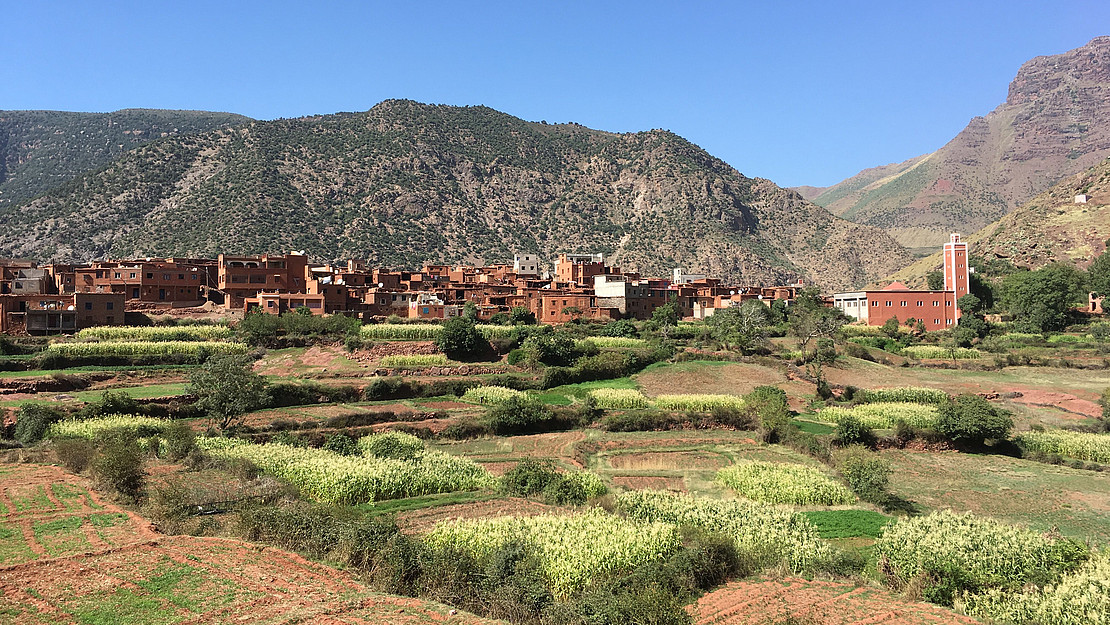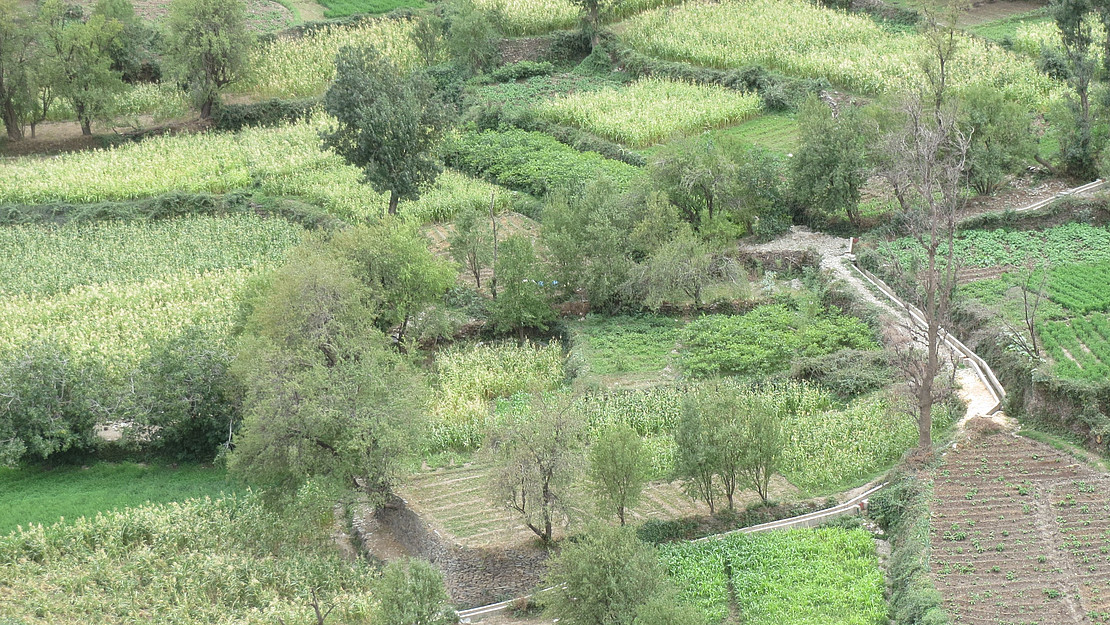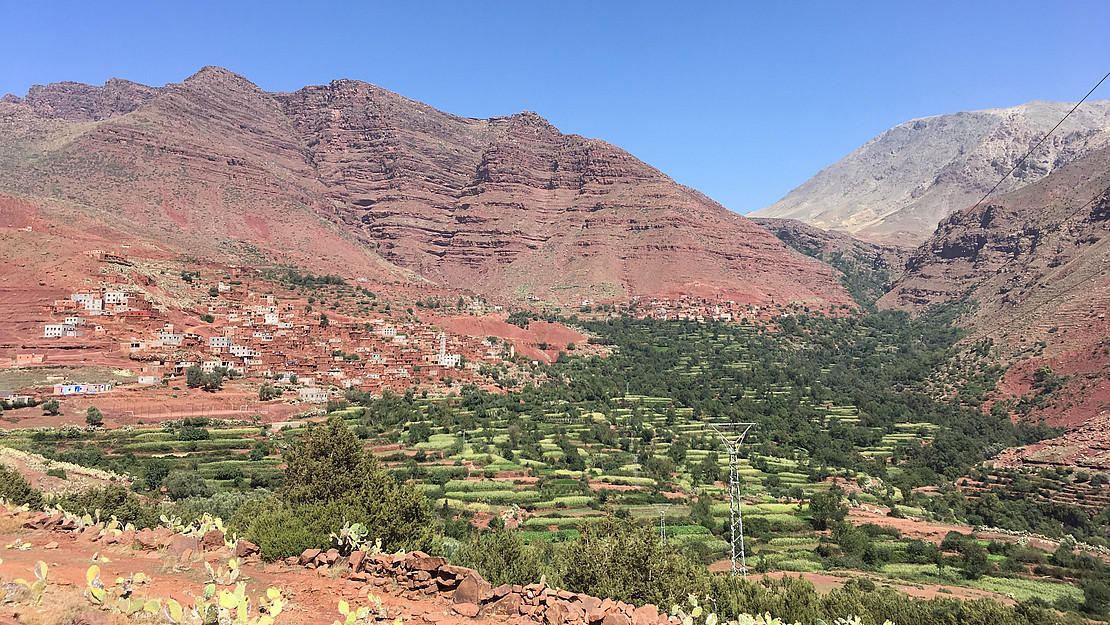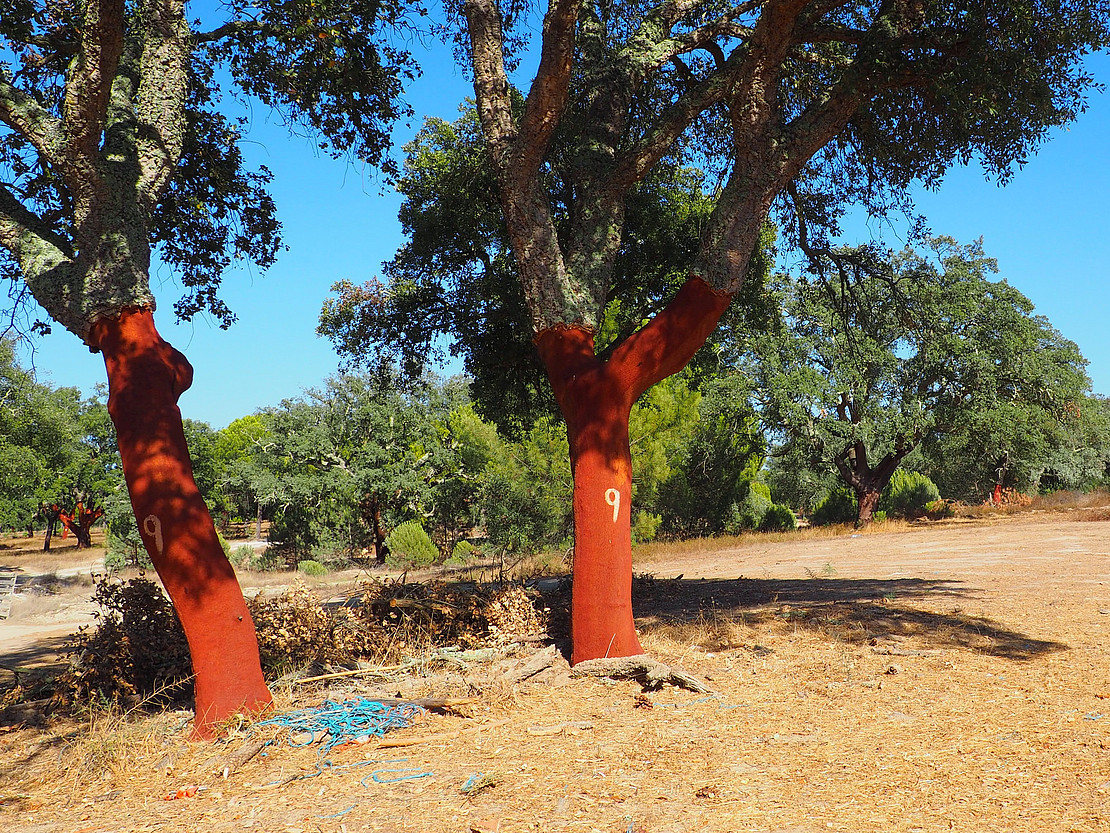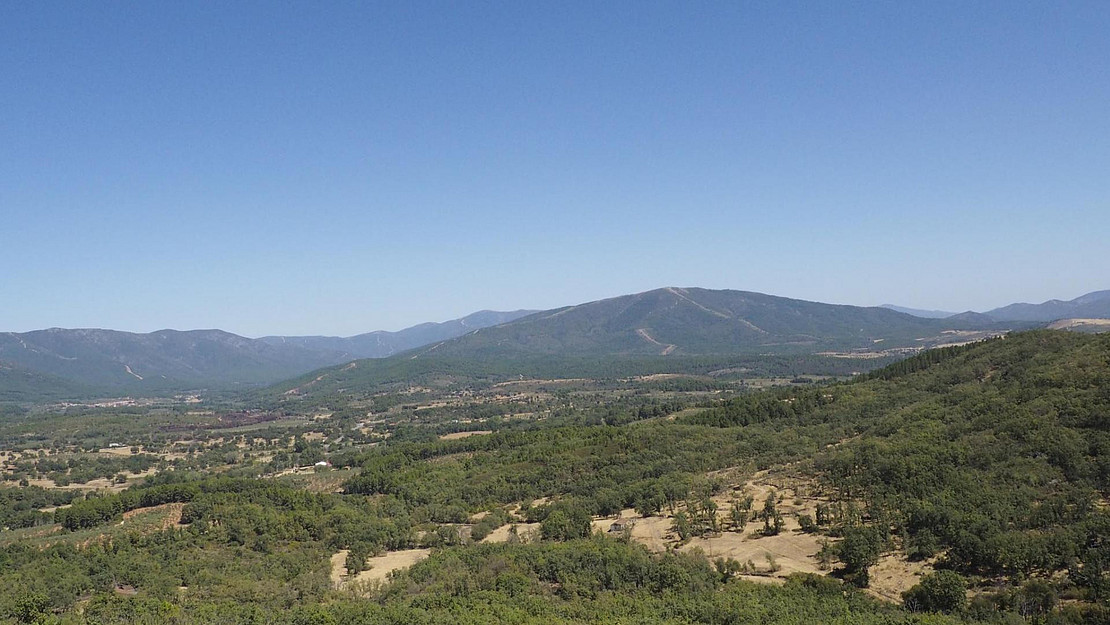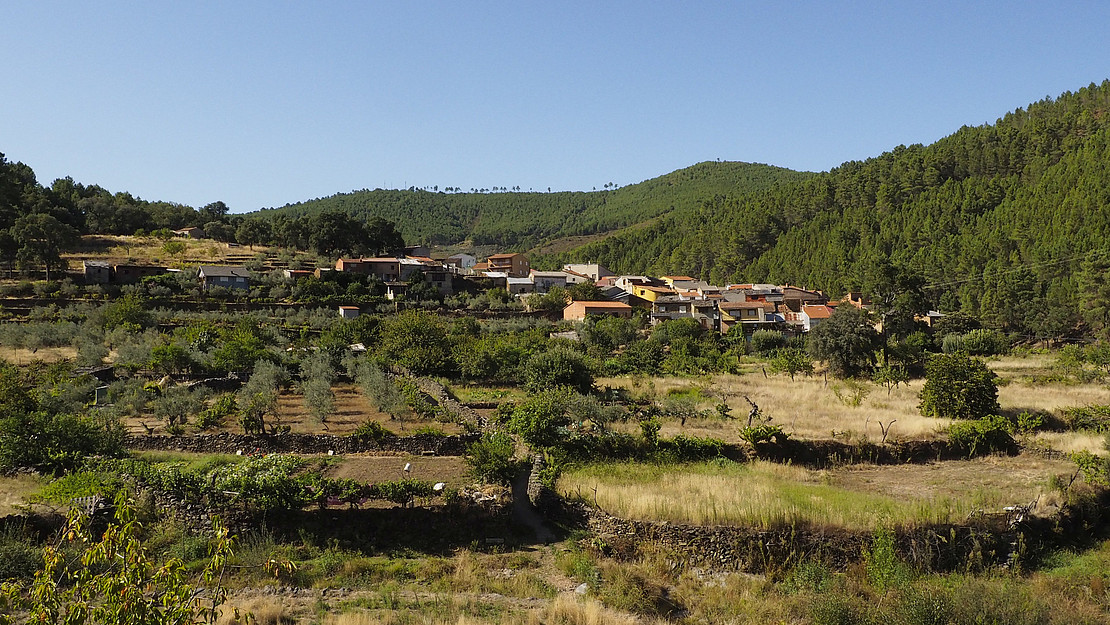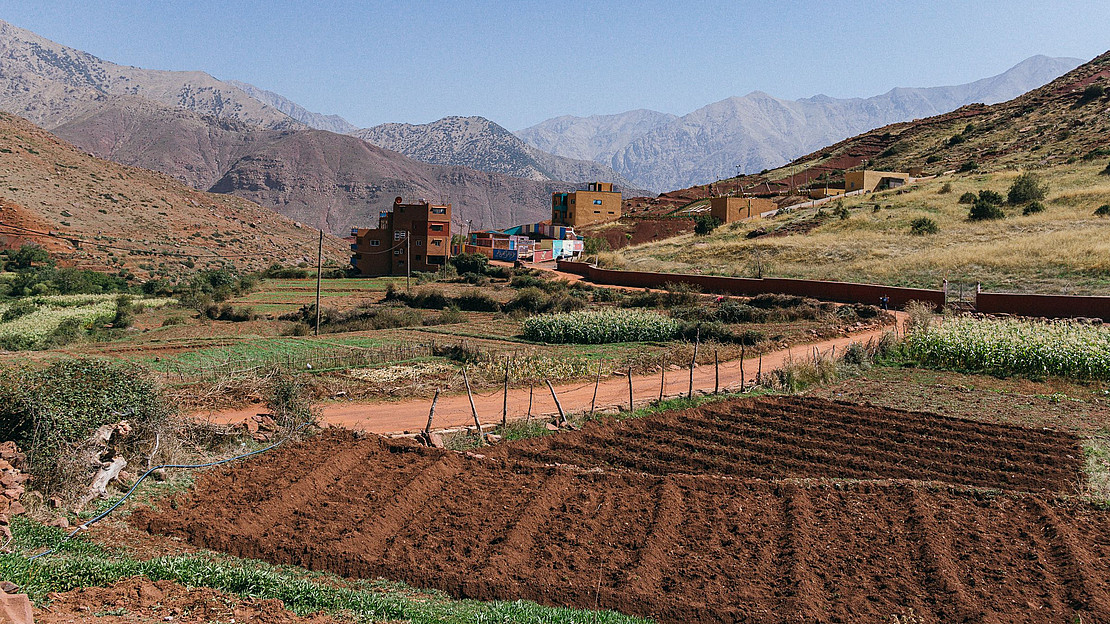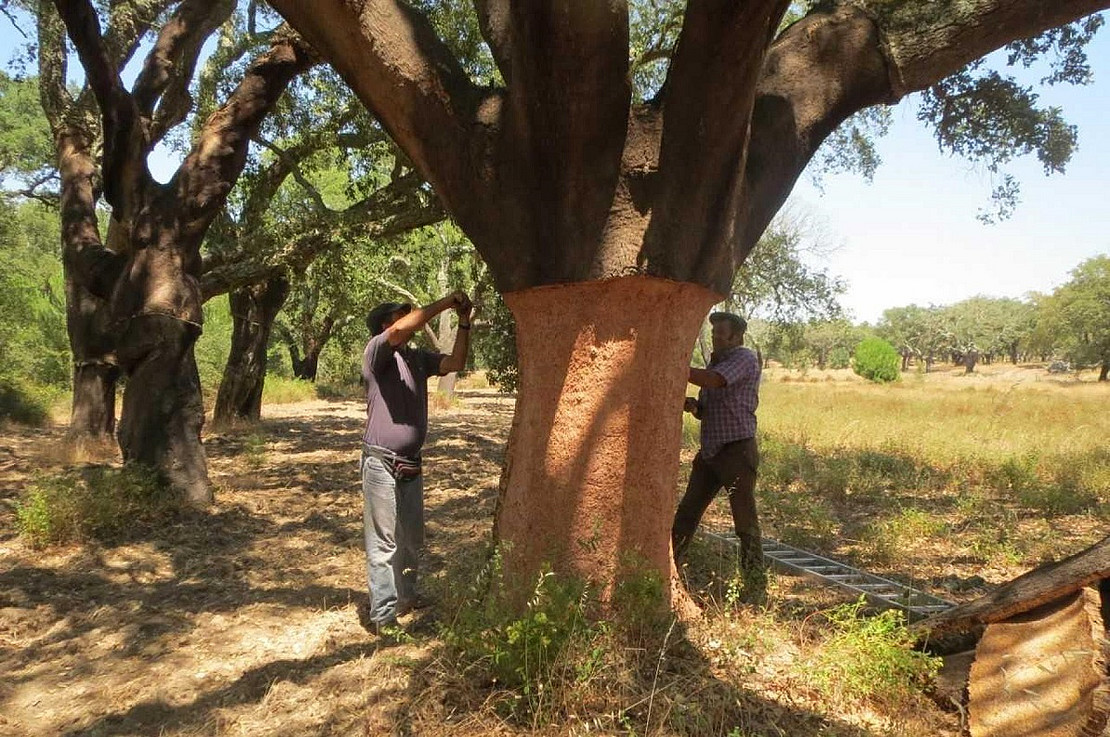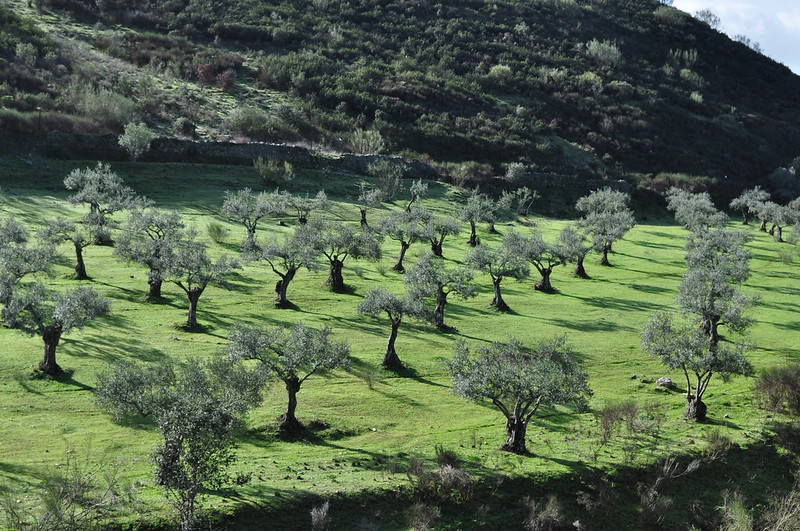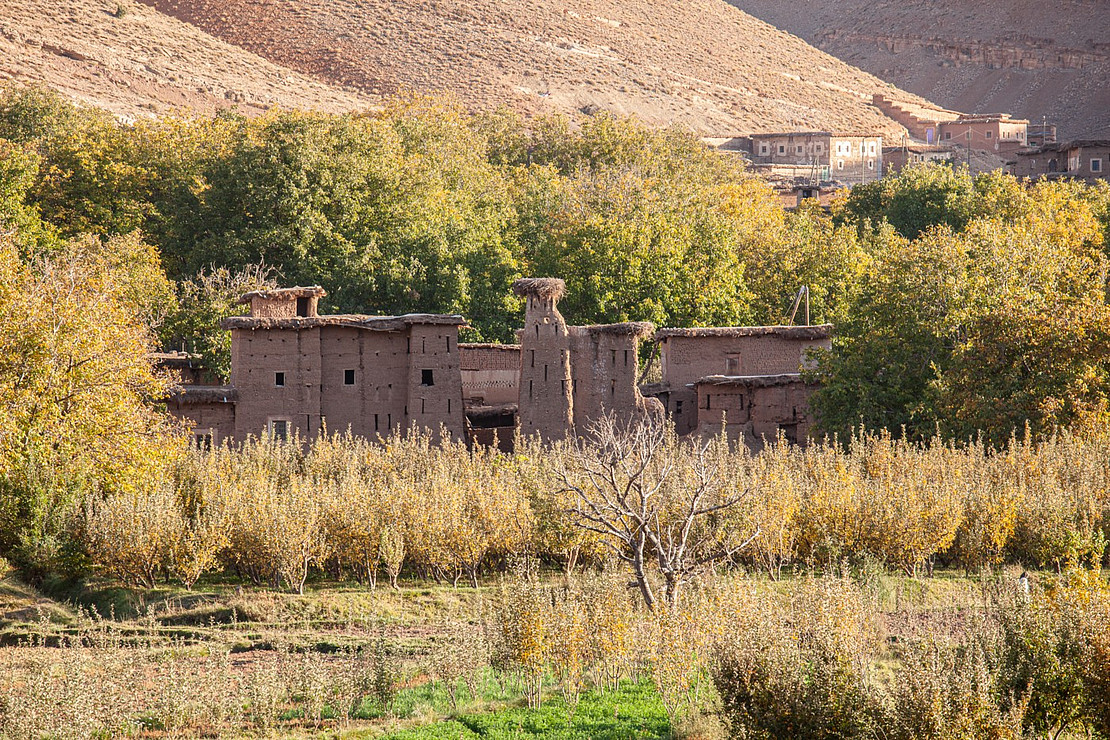Study Landscapes
Landscape Chains is focusing on multifunctional landscapes in the Western Mediterranean region -- an area of stark ecological, cultural, and socio-economic contrasts. The Mediterranean region as a whole covers approximately 2.3 million km² and 23 different countries.
Large parts of the Mediterranean are considered peripheral or “lagging” regions, for which landscape products provide particular benefits. Governance mechanisms for landscape products are common here: For example, around 80% of the geographical indication labels are found in the Mediterranean parts of the European Union.
Study sites
At the core of the project are two types of landscape products that have been purposefully selected for high economic and symbolic value and for spanning major economic, social, and environmental gradients: cork, and edible tree crops (including chestnuts, walnuts, figs and olive oil).
For that purpose, we have selected four multifunctional distinct producer landscapes at regional scales in the Western Mediterranean region. These are:
With these four sites, Landscape Chains compares:
(1) each landscape product in two contrasting landscapes, one in the Southern and one in the Northern part of the Mediterranean Basin;
(2) one landscape product that represents predominantly global, long distance value chains (cork) and one that stands for short to mid-distance value chains (edible tree crops).
These four regions have in common that they are distinct examples of multifunctional landscapes, with a long history of agricultural practices and traditions and a rich natural and cultural heritage. They are linked by similar natural settings (Alentejo and Maâmora: lowland conditions; Gata-Hurdes and High Atlas: mountain conditions) and land-use systems (cork agroforestry in Alentejo and Maâmora; mixed farming and pastoralism in Gata-Hurdes and High Atlas), but differ in the stages of socio-economic development and levels of governanceof landscape products between the North African and South European sites.
Central themes in all regions are
- agricultural practices,
- tensions concerning use and management of landscapes, and
- the impact of value chains on producer landscapes.
For each of these regions a collaboration partner has been selected who is experienced in the issue, eager to cooperate, and able to facilitate local support.
Mediterranean-type ecosystems with similar climate, environmental drivers, and landscape products are also found in parts of Australia, California, Chile, and South Africa, allowing for globally relevant generalisations of the project's insights.
Cork agroforestry in Alentejo (Portugal) & Maâmora (Morocco)
Cork oak landscapes are savanna-type landscapes of high socio-cultural, economic, and ecological value, characterized by a sparse tree cover and an understory vegetation of crops, grass, or shrubs. They have been shaped by long-term land management for the production of cork, usually in association with other uses such as crop production and grazing.
Cork is a non-wood forest product that is marketed and used in multiple ways, from insulation material to hand-made accessories. The production of wine bottle stoppers is the most common use. Cork products are marketed along well-established, international value chains but face competition from synthetic bottle stoppers that threaten the viability of these multifunctional landscapes.
The distribution of cork oak landscapes is limited to specific areas of the Western Mediterranean region, where all of the world’s cork is produced in agroforestry systems. Landscape Chains has selected two cork-production landscapes that are undergoing very different dynamics:
- The Alentejo in Southern Portugal is a rural area with low population densities and characterized by an extensive management of the cork forests. These cork landscapes are threatened by abandonment due to decreasing demand and low market prices for cork as well as to a general depopulation trend in the rural areas.
- On the other hand, the Maâmora forestcomprises the world’s largest managed cork-oak woodland. Close to the cities of Rabat and Salé, it is threatened by enormous human pressure, in particular by poverty-driven overgrazing that hinders cork oak regeneration, by replacement with Eucalypt, Acacia and Pine species for timber, pulp and paper production, and by increasing aridity due to climate change.
Notwithstanding the threats they face, both landscapes are increasingly valued for recreation and relaxation by locals and tourists, as well as for their important ecological role in preserving biodiversity and their resistance to wildfires. Governance mechanisms such as those associated to payments for ecosystem services (e.g., FSC and REDD+) add value to cork produced in sustainably managed landscapes and might help reverse some of the trends that threaten them. Some of these mechanisms are already in place in the Alentejo, but not yet in the Maâmora area.
Local cooperation partners:
Mixed farming and pastoralism in Gata-Hurdes (Spain) & High Atlas (Morocco)
Mosaic landscapes that combine small-scale fruit tree plantation, crop production/orchards and grazing are among the most characteristic traditional Mediterranean landscapes, today to be found only in the most rural and remote areas. These mixed systems provide important social and ecological benefits but are threatened by abandonment and population-aging dynamics. The increasing interest in local and healthy products and in outdoor recreation might offer a future for these production landscapes.
The products originating from these landscapes have an important added value compared to their mass market equivalents. On the one hand, the particular climatic, topographic and edaphic conditions of the areas confer them unique characteristics (being sometimes varieties that are not to be found elsewhere); on the other hand, the picturesque landscapes of production may offer unique selling positions. These products are mainly subsistence products for the farmers and their families with relatively short value chains, or commercial niche products.
Well-preserved examples of mixed farming and pastoral systems are found in the Gata-Hurdes region (Spain) and in the High Atlas mountains (Morocco).
- Both areas are characterized by a mountainous topography and difficult accessibility, by hard climatic conditions and water scarcity in summer, and by traditionally terraced agriculture to make the best use of the topography and the water resources.
- Both areas are also among the poorest regions in their countries, but with a rich biodiversity.
- Land-use systems in both areas include a combination of nut and fruit trees, orchards, and livestock. Gata-Hurdes is known for the production of chestnuts, olive oil and cherries; the High Atlas for walnuts, olive oil and argan oil.
- Geographic indications and other forms of labelling are increasingly used as new governance mechanisms; they are already in place in the Gata-Hurdes area but still in a very early stage in the High Atlas.
Local cooperation partners:

